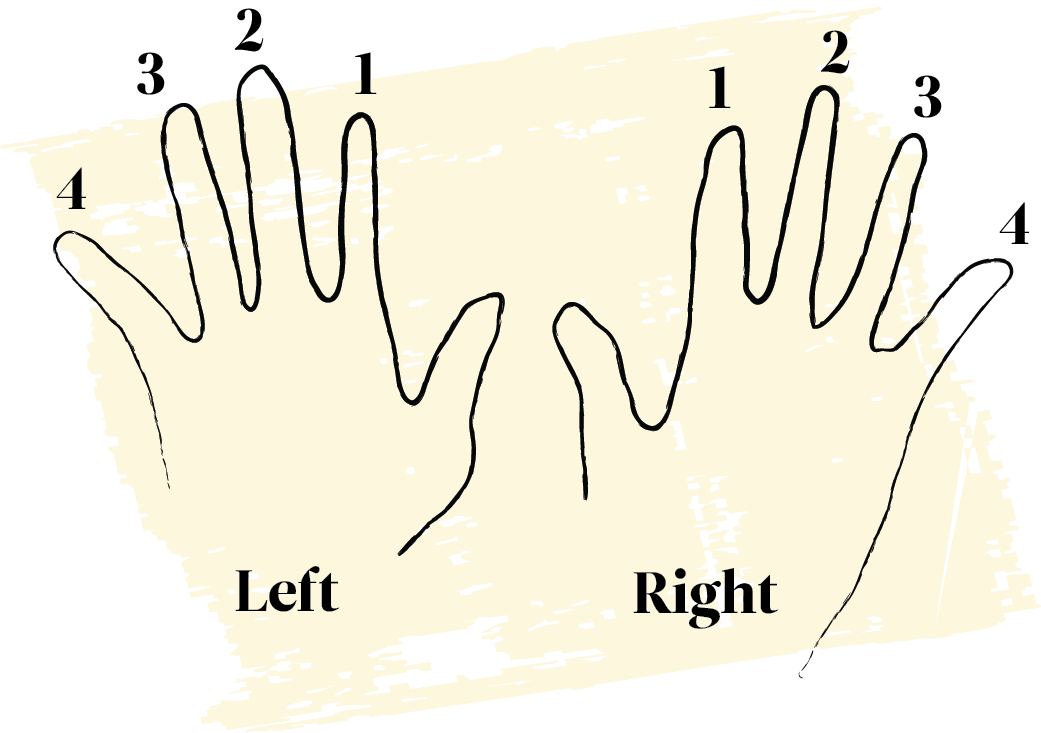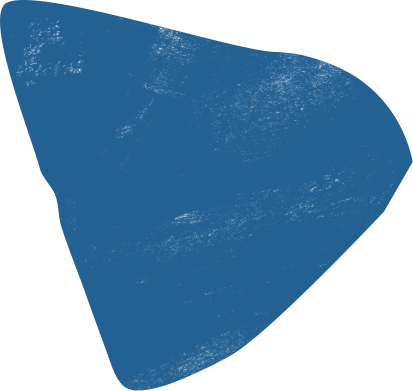Now enrolling: Interlochen Online courses and certificate programs for Jan. 12.
Unlock Guitar Soloing with a Single Scale
One of the most important scales across musical styles? The pentatonic scale.
By Sara Landeau, Interlochen Online Course Instructor

Pentatonic scales are one of the most widely used scales for improvising in music. You hear them in musical styles ranging from pop and rock to jazz and classical.
The minor pentatonic scale is the foundation of all the other minor scales on the guitar, so it’s a great starting point for improvisation. Minor pentatonic scales are made up of scale degrees 1, 3, 4, 5, and 7 of the minor scale. The A minor pentatonic scale includes the notes: A, C, D, E, G.
Let’s go through how to play the A minor pentatonic scale in fifth position, which means that you place your hand at the fretboard with the first finger (your pointer finger) on fret 5.


This diagram shows where to place your fingers on the fretboard to play the minor pentatonic scale, one note at a time, across two octaves. Make sure that your:
- Index finger lines up with the 5th fret
- Middle finger lines up with the 6th fret
- Ring finger lines up with the 7th fret
- Pinkie finger lines up with the 8th fret
Playing the A Minor Pentatonic Scale
| 1. | Place your first (index) finger on the 5th fret on the low E string. Pluck the E string. |
| 2. | Line up your fingers in a row on this string, beginning at fret 5. Your middle finger will be at the 6th fret, ring finger at the 7th, and pinkie at the 8th. |
| 3. | For the second note, stretch your pinkie to the 8th fret of the same string, and pluck the E string again. This will sound the second note of the A minor pentatonic scale, C. |
| 4. | Move to the A string, where your index finger will again play the 5th fret, the note D. Pluck the A string to sound the D. |
| 5. | Play the E using your ring finger on the 7th fret, plucking on the same string. |
| 6. | Play the G by placing your first finger on the D string 5th fret. This is the last note of the A minor pentatonic scale. |
| 7. | Continue on to the next octave, following the fretboard diagram and fingering above. As you go up the scale, you’ll play each of the six strings in fifth position with your first (pointer) finger, then alternate on that same string with either your third (ring) or fourth (pinkie) finger on the 7th or 8th fret, respectively. |
| 8. | Once you reach the sixth string, play the same left-hand pattern backwards, “descending” from high to low. Play this forward and backward several times, getting familiar with the “boxy” pattern. |
When you have the scale comfortably under your fingers, try these ways to be creative with it:
| 1. | Focus on creating short rhythmic phrases with just a few notes on only two or three strings—for example, sliding to notes on the D and G string. |
| 2. | Write melodies or motifs using the scale. This could be on the low end, like a bass riff, or on the high strings, echoing what you would imagine sounds like a vocal melody. |
| 3. | Repetition is good! If you play something you like, repeat it with a variation somewhere within it, whether it be the rhythm, the notes in a phrase, or the articulation you use to play it. |
Improvisation takes a lot of trial and error at first. Trust your taste, don’t be afraid to try new things, and keep listening closely to the music around you. Improvement takes practice and focus, but every minute you play will pay off in the end.
Hear Sara Landeau, Interlochen Online guitar instructor and guitarist for Bikini Kill, play the pentatonic scale.
Want to continue learning with Interlochen Online?
Find your perfect course now—the next session starts January 12.
Recommended Online Guitar Courses
Each course offers four weeks of instruction and personalized feedback from a professional guitarist.
Guitar for Beginners 1
Start playing your first songs on guitar.
Guitar for Beginners 2
Play popular styles and chord progressions.
Guitar for Beginners 3
Expand your guitar repertoire and creativity.
Take all three courses and earn a certificate from a world-renowned institution.
The Guitar Techniques certificate program is perfect for...
✔ Adults looking to boost their creative résumé and LinkedIn profile
✔ Teens who want to earn high school credit for their passion
What are students saying?
Students who enrolled in Guitar courses rated their experience 4.7 out of 5.
How does it work? Sample a course for free.
✔ | Expert Faculty Receive direct, personalized feedback from a professional artist. |
✔ | Real Growth Develop artistic skills that are important to you in 30 days. |
✔ | Collaborate Connect with peers and instructors on your projects—or just for fun. |

